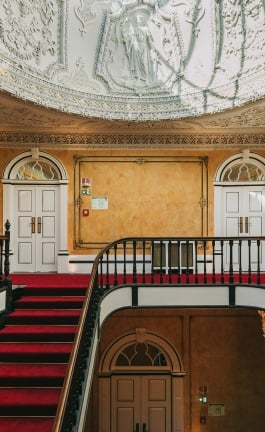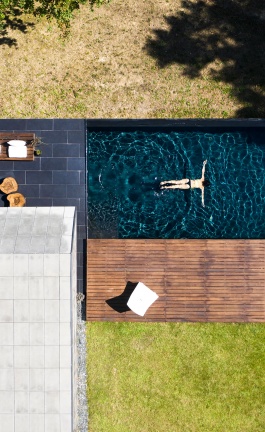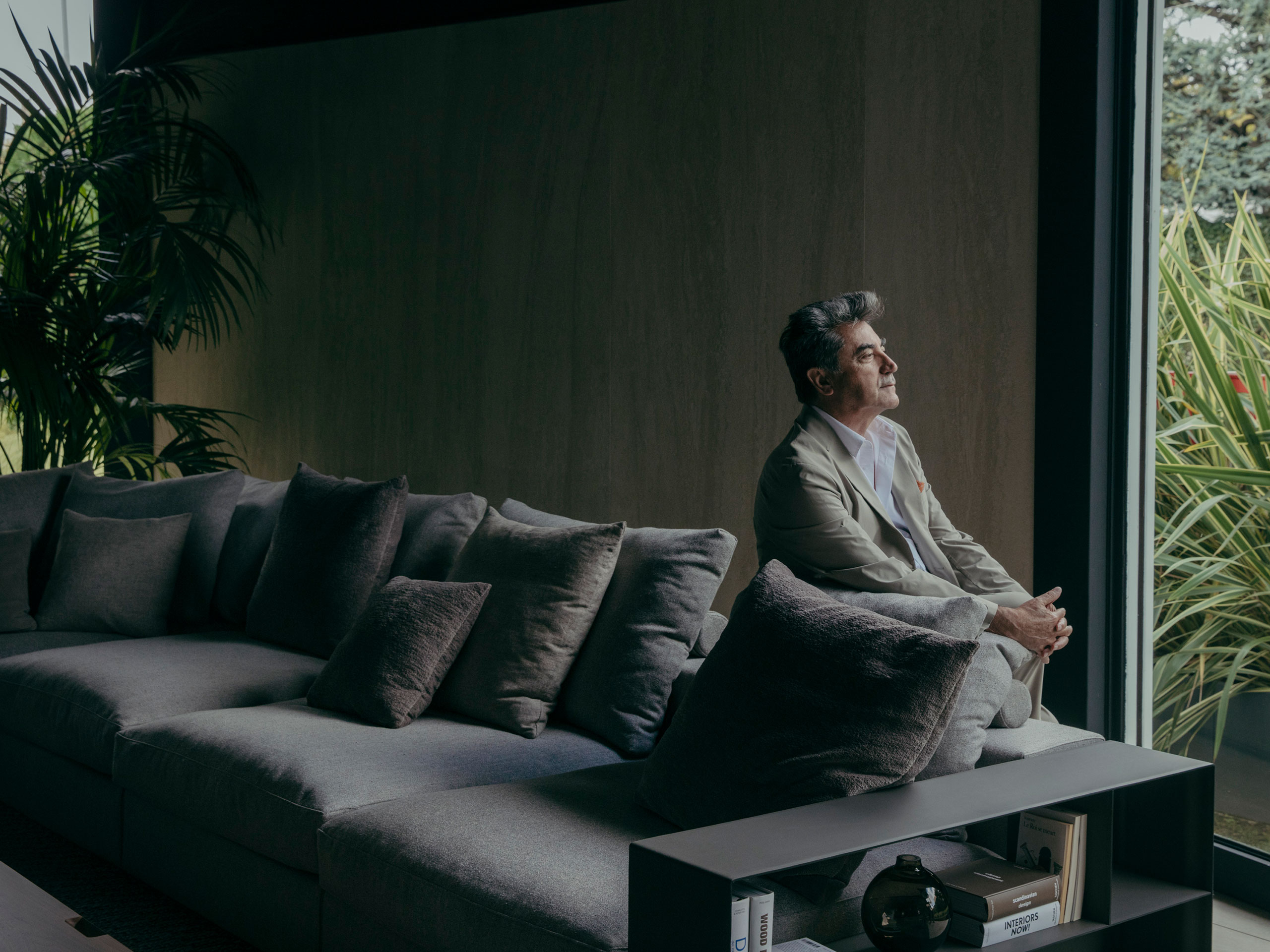
Antonio Citterio on the Groundpiece sofa by Flexform. Photo © Flexform.

Groundpiece sofa by Antonio Citterio for Flexform. Photo © Flexform.
2001 | 2021 Groundpiece sofa in the words of Antonio Citterio. Video © Flexform.
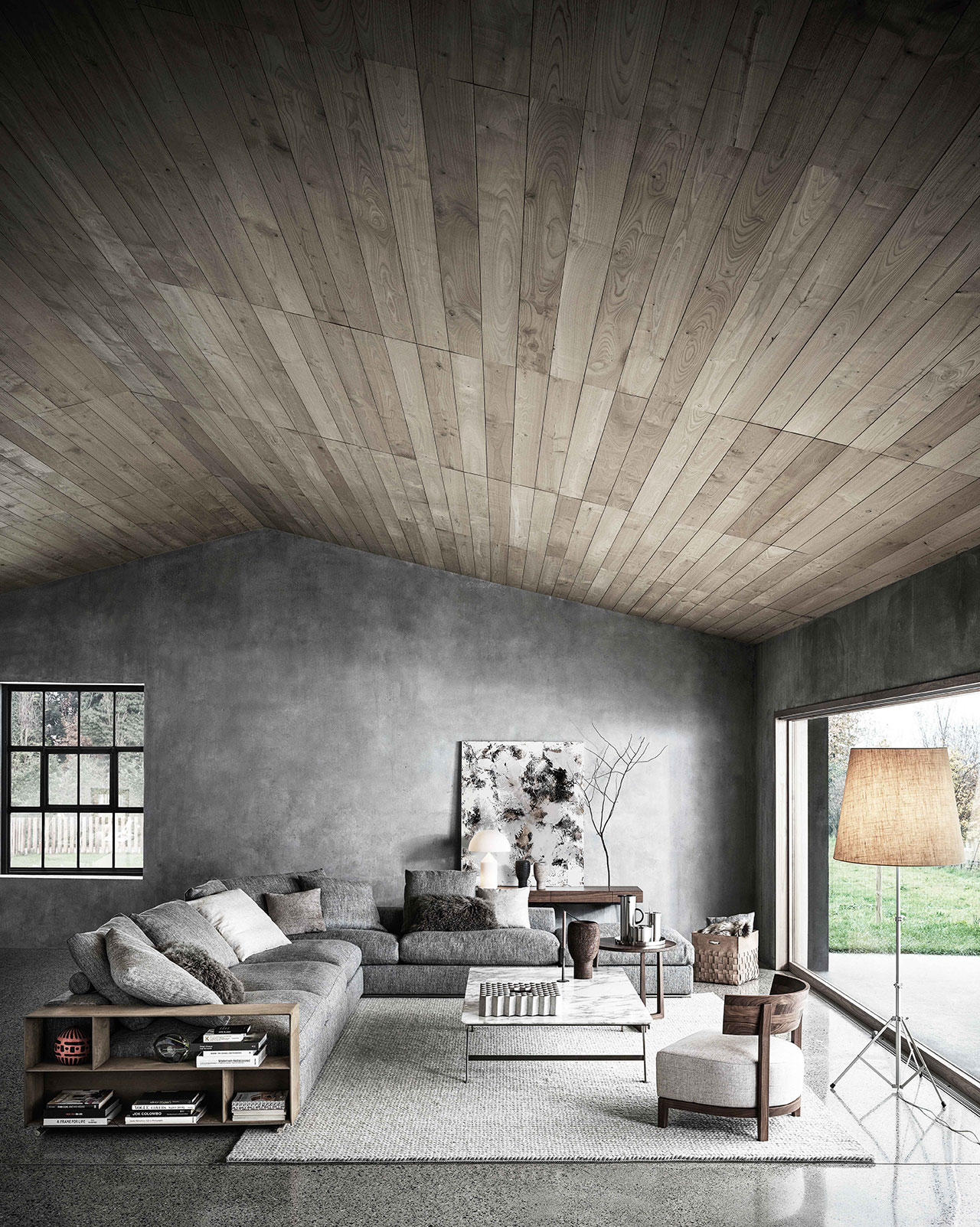
Groundpiece sofa by Antonio Citterio for Flexform. Photo © Flexform.
So what does it take to create an exceptional sofa? First of all, expertise: Flexform’s roots go back to 1959 when brothers Romeo, Pietro and Agostino Galimberti opened their first furniture workshop “Flexform di Galimberti” in Brianza, a manufacturing district located between Milan and Como in Northern Italy, their sofas and armchairs soon founding their way to stately apartments in Milan and villas overlooking Lake Como. The brothers’ commercial success eventually led to the transformation of the workshop into an industrial facility in Meda where the company is still based today, where all its products are exclusively manufactured. Having dropped the family name in 1967, Flexform embarked on reaching new markets beyond Italy’s borders, with a renewed focus on producing original, contemporary designs in collaboration with leading Italian designers like Joe Colombo, Asnago-Vender, Cini Boeri, Rodolfo Bonetto, and of course Antonio Citterio, who is intimately linked with the company’s global acclaim.
Such collaborations attest to another quality necessary in creating a truly remarkable product: thinking outside the box. Citterio, an architect by profession, didn’t just design sofas, he reinvented them. A Flexform sectional sofa is not just a place to rest, read or watch TV, it also provides a place to work and have dinner. In effect, Citterio has cast the sofa in the role of the protagonist, placing it in the center of the living room and surrounding it by an ecosystem of supporting actors like armchairs, side tables and ottomans that comprise a domestic refuge, an “island of emotional wellbeing” in his words. It’s no coincidence that Flexform’s sectional sofas are designed to be viewed from all sides, the backside often being more interesting than the front – just check out Cestone sofa’s whose back and sides are upholstered with woven strips of cowhide.
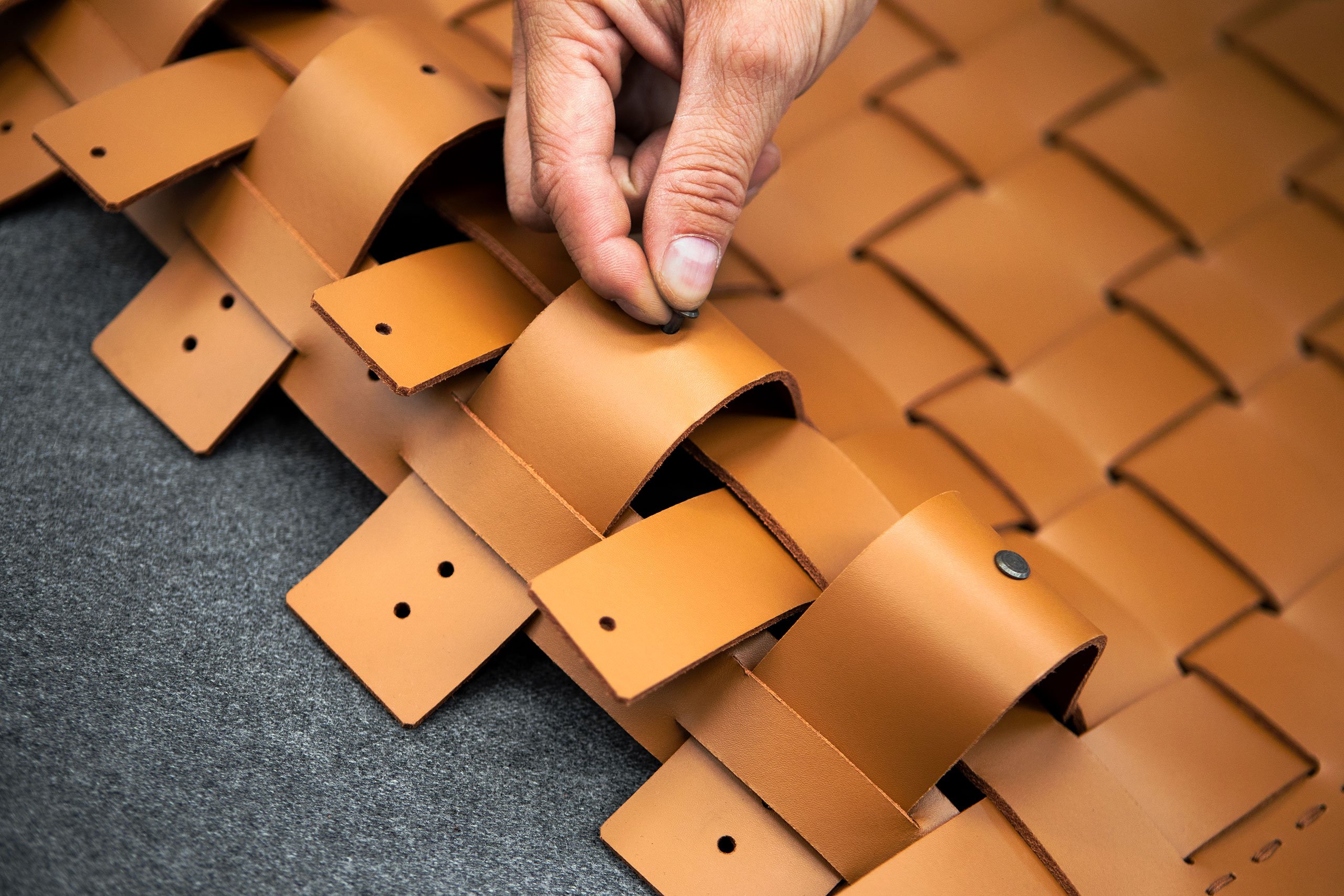
Cestone sofa (leather detail) by Antonio Citterio for Flexform. Photo © Flexform.

Cestone sofa (leather detail) by Antonio Citterio for Flexform. Photo © Flexform.
Versatility means nothing without comfort, another essential quality of the perfect sofa, and one that Flexform excels in. Low and deep in proportions, with amply-sized, goose-down cushions, they blur the line between a sofa and a daybed embodying a more relaxed and casual approach to sofa design. Linen, cotton and cashmere fabrics in the brand’s signature Giorgio Morandi-esque palette of ivory, sand, warm grays and champagne, combined with burnished metal hues, and leathers in shades of cowhide, tobacco, honey and dove gray, further enhance the brand’s quintessence of comfort, imbuing any living room with lightness, warmth and softness.
Simple in form yet refined down to the last detail, Flexform sofas are a paradigm of understated elegance and inconspicuous luxury. More than an aesthetic preference, the brand’s commitment to producing timeless pieces speaks to its design and manufacturing ethos. It’s no coincidence for example that Groundpiece, which came out in 2001, is still one of its best-selling sofas. Inspired by the minimalist work of American artist Donald Judd, whose low-slung floor sculptures give the sofa its name, Groundpiece exemplifies both Citterio’s design philosophy and Flexform’s design consistency. “A Flexform sofa”, as the company explains, “is like a blue blazer in the world of fashion: simple, deconstructed, and refined”.

Soft Dream sofa by Antonio Citterio for Flexform. Photo © Flexform.
Not only does the brand’s furniture eschew fashion fads and trends for timeless elegance, they are also made to last. Manufactured in Flexform’s Meda-based facility by highly skilled craftsmen using sustainably and locally sourced materials that meet the highest standards in combination with the most advanced manufacturing techniques, product durability is synonymous with the brand.
Unrivaled durability, unmatched craftsmanship, effortless functionality, unparalleled comfort and intrinsic beauty – these qualities at the core of Flexform’s philosophy are what sets its sofas apart and what makes them the holy grail for discerning customers and design aficionados alike. Of course, what really matters at the end of the day, as Citterio explains, is that they are “designed for everyday life”, a promise that not many designers and companies can necessarily guarantee.
For further information visit www.flexform.it

Lifesteel sofa by Antonio Citterio for Flexform. Photo © Flexform.





